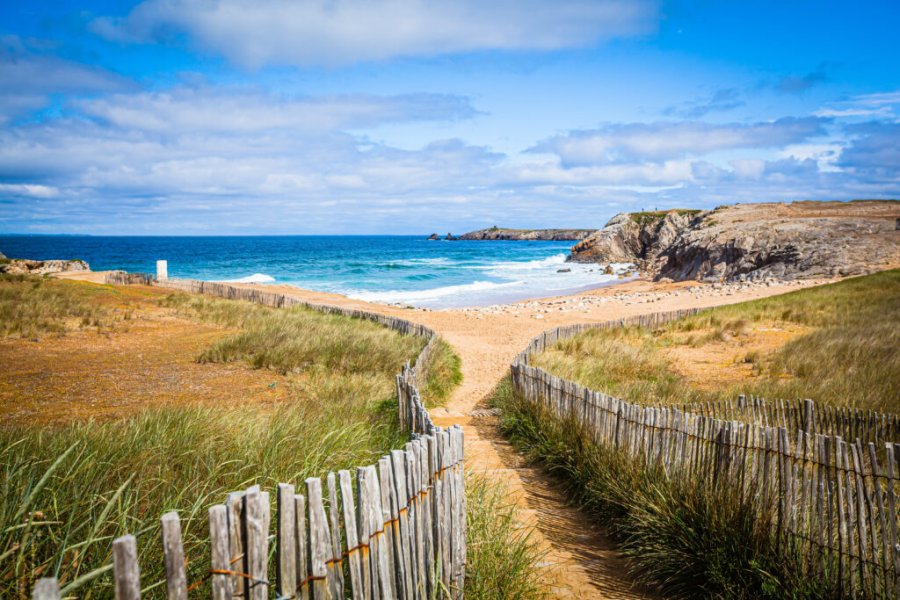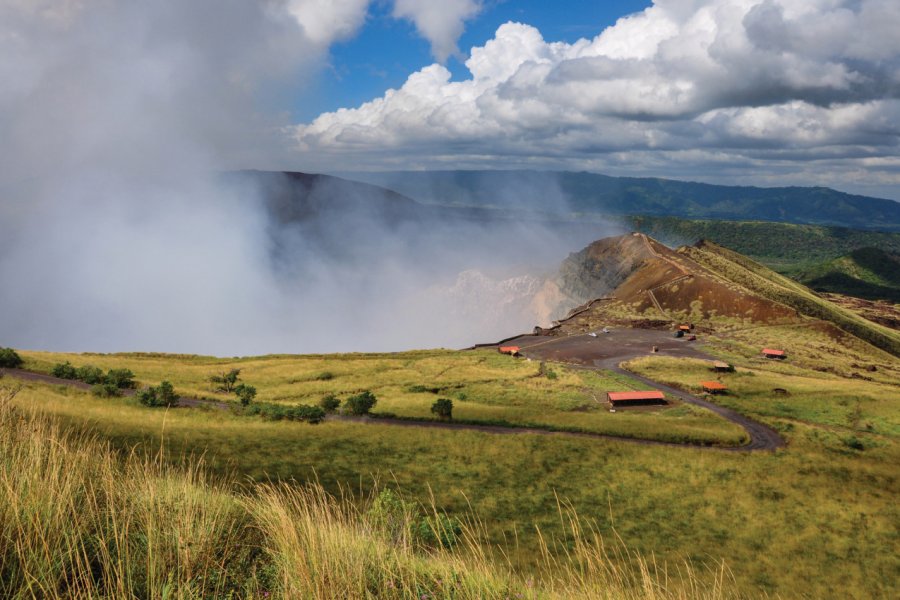Travel Guide Parque Nacional Volcán Masaya
Find an accommodation
Advertising
This national park of five distinct craters, located just north of Masaya, is the most visited in the country. Created in 1979 on a surface area of 54 km², it boasts no less than 20 km of trails through wild landscapes. Originally, it was a single volcano called Ventarrón (its walls can still be seen all around), which literally exploded in 4550 BC, forming today a striking volcanic complex. Among active volcanoes, it is one of the most easily accessible in the world.The natives called it "Popogatepe", a Nahuátl name meaning "fiery mountain". Always active, it was the object of their veneration, and it was not uncommon for young virgin women and children to be sacrificed to appease the wrath of Chacitutique (the fire god) during an eruption. The indigenous chief, Tenderí, told the Spanish chronicler Gonzalo Fernández de Oviedo, who visited the site in 1529, that a naked old woman with black teeth lived inside and acted as an oracle. She was said to have advised the natives to fight against the Christians!The Spaniards were undoubtedly frightened by all these ceremonies and sacrifices, and nicknamed the volcano "Boca del Infierno" (Hell's mouth). The Bobadilla cross (which can still be contemplated, but can no longer be touched to guard against danger) was erected a little later by Father Francisco de Bobadilla to ward off the devil.The last eruption of the Masaya volcano took place on March 16, 1772. For 8 days, lava poured down the volcano's flanks like a field of fire, forming what is now Piedra Quemada. This threatened the eponymous town with complete extermination. To escape this terrible catastrophe, its inhabitants took the image of the Virgin in procession to the shores of Lake Masaya (located between the town and the volcano).The Nindirí volcano last erupted in 1670. The Santiago and San Pedro craters were created in 1853. The former is now extinct. The latter is still active, as evidenced by the constant plume of sulfur escaping from it. It measures 500 m in circumference and 250 m in depth. It last erupted in 2001 and 2008, fortunately without causing much damage. It is forbidden to build anything or live there, a fact that the unfortunate locals don't care much about. For want of anything better and with no resources, they build makeshift shelters (as you will see when you reach the beaches of Pochomil or Montelimar).Incessant volcanic activity has created a strange landscape that is home to a singular flora and fauna. In summer (dry season), numerous orchids and the national flower sacuanjoche (Plumeria rubra) brighten up this wild landscape. The chocoyos, green parrots, are one of the park's attractions: they nest right in the crater (despite the toxic gases), a unique sight (especially in late afternoon).Several trails await the intrepid, ranging from 1.4 to 6 km. If you don't want to or don't have the time to really explore the area, visit Santiago crater at the parking lot, climb up to San Fernando crater (covered in vegetation) and walk around it (be careful, the wind can be violent) for a beautiful panorama of Mombacho and Masaya lagoon.
Suggested addresses Parque Nacional Volcán Masaya
Weather at the moment
Advertising
Organize your trip with our partners Parque Nacional Volcán Masaya
Transportation
Book your plane tickets
Car Rental
Boat rental
Accommodation & stays
Find a hotel
Holiday rental
Find your campsite
Tailor-made trip
Immersion travel
Services / On site
Activities & visits
Find a doctor
Parque Nacional Volcán Masaya travel inspiration
Find unique Stay Offers with our Partners
Pictures and images Parque Nacional Volcán Masaya
Other destinations nearby Parque Nacional Volcán Masaya
25 km away







